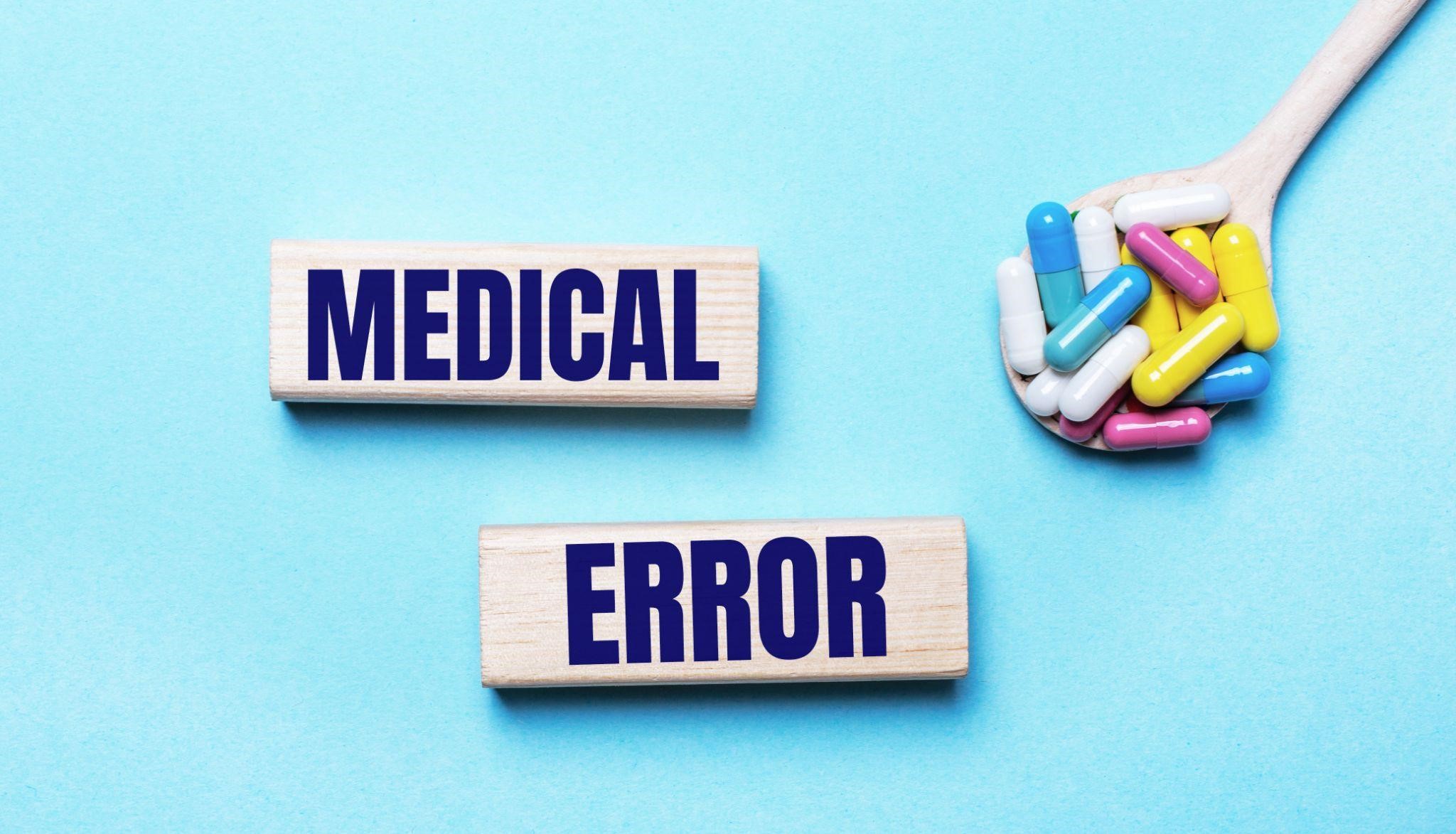Do Medical Malpractice Laws Differ from State to State?

- Country:
- United States
We tend to look up to doctors and absolve them of any fault as long as their intervention was successful. They are our modern real-life Superheroes. A licensed physician attends four years of medical school and continues with up to seven years of residency training to master the profession.
Accidents can occur due to so many reasons. There is a high probability for any of us to become a victim of medical malpractice. If that happens, it is essential to know that the law on this changes between states. Having a qualified lawyer on your side can help you seek justice and receive compensation for your injury. They will know how to navigate through the legal process.
Historical Background
Medical malpractice law represents a specific subset of tort law that deals with professional negligence. “Tort” is the Norman word for “wrong.” In the United States, medical malpractice is derived from English common law and was developed through rulings in various state courts.
Medical malpractice lawsuits are a relatively common occurrence in the US. The legal system is designed to encourage extensive discovery and negotiations between opposing parties. The main goal is to resolve the dispute without going to a jury trial.
Do Medical Malpractice Laws Differ from State to State?
In the United States, medical malpractice law has traditionally been under the authority of individual states and not the federal government (in contrast to many other countries). State laws dictate how courts determine whether a physician failed to exercise the degree of care, skill, and learning expected of a professional doctor.
Medical malpractice laws differ from state to state, especially when it comes to the charges. Some states, such as California, limit the patient’s ability to recover non-economic damages. The statute of limitations is another aspect subject to change. This determines the date until which the victim can file the lawsuit against the defendant.
What Constitutes a Medical Malpractice?
If you recently underwent surgery or a different type of medical intervention, you might want to learn more about your legal options. Do not hesitate to reach out and get help from a medical malpractice lawyer. Their professional guidance will prove a priceless resource for any lawsuit.
An injured patient must prove the following four elements to be successful in a medical malpractice claim:
1. The Doctor Owed the Patient a Duty of Care
This first element refers to the relationship between doctor and patient. These types of relationships are not necessarily formal as they don’t require contracts. They rely solely on the agreement between the doctor and the patient. In short, this states that the patient will receive medical services from the doctor.
During and even after the Covid pandemic, consultations take place largely in a virtual clinic. This gave birth to an entirely new working mode, known as telehealth. The new setting also gives rise to fresh legal debates around medical malpractice. Address all your concerns directly to legal experts.
2. The Doctor Breached the Duty of Care Owed to the Patient
This particular element references the professional negligence aspect. It has to do with how the doctor or the medical team agrees to offer care and treatment. To prove medical malpractice, you must first identify an act of negligence or error by a member of the medical staff.
3. The Doctor’s Action Caused the Patient’s Injury
This particular element references the professional negligence aspect. It has to do with how the doctor or the medical team agrees to offer care and treatment. To prove medical malpractice, you must first identify an act of negligence or error by a member of the medical staff.
4. The Patient Suffered an Injury That Resulted in Damage
This final element is connected to the proximate cause, defined as a predictable consequence of inadequate medical treatment. To prove this, focus on the extent of the injuries suffered.
Types of Damages in Medical Malpractice Laws
Although some aspects of medical malpractice laws differ from state to state, the types of damages are generally representative. Three types of damages can be awarded in medical malpractice cases:
- Compensatory damages for economic loss (such as past and future medical costs, out of pocket expenses related to the injury, and lost wages)
- Non-economic damages for "pain and suffering" (these are subjective and can vary from case to case)
- Punitive damages (designed to punish the offending doctor and dissuade other doctors from making similar mistakes, they can be claimed less often)
Final Thoughts
Given that health and personal well-being are very delicate and subjective matters, proving and quantifying these in a medical malpractice case is challenging. As surgery and medicine evolved, the associated risk continued to diminish.
A medical malpractice case is difficult to win from the patient’s perspective. That is why it is crucial to seek out expert legal help. A qualified attorney can help steer your case in the right direction and increase your chances of victory.
Author Bio: With a BA in communications and paralegal experience, Vivian Evans decided to combine her skills. In the past, when she was involved in proceedings of her own, she witnessed firsthand the weight of legal language.
A convoluted terminology can easily disarm the average American. Therefore, she set off to empower her readers by making the law more accessible to them. She has covered all areas of civil and criminal law, insurance-related issues, personal injury, and many others.
(Devdiscourse's journalists were not involved in the production of this article. The facts and opinions appearing in the article do not reflect the views of Devdiscourse and Devdiscourse does not claim any responsibility for the same.)










